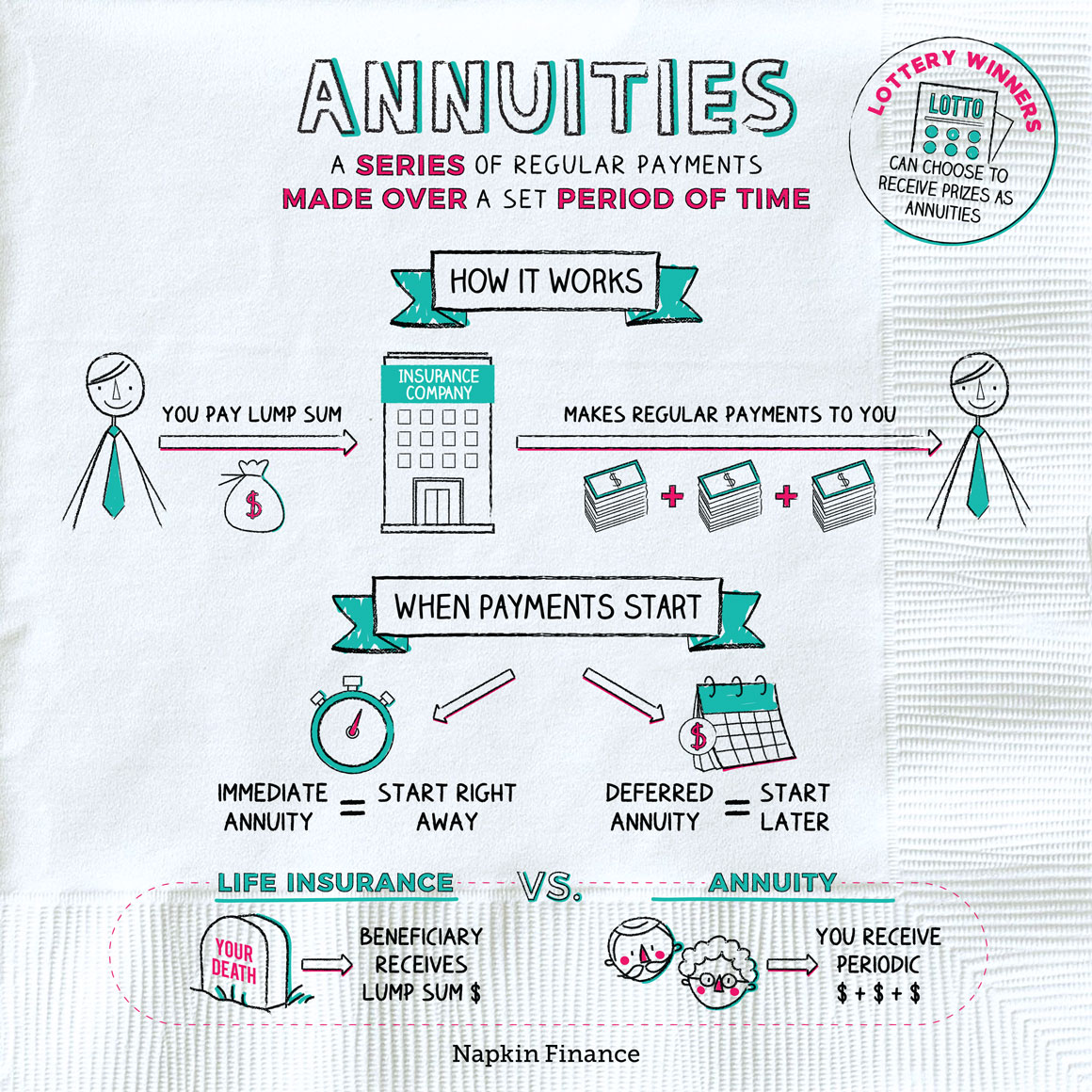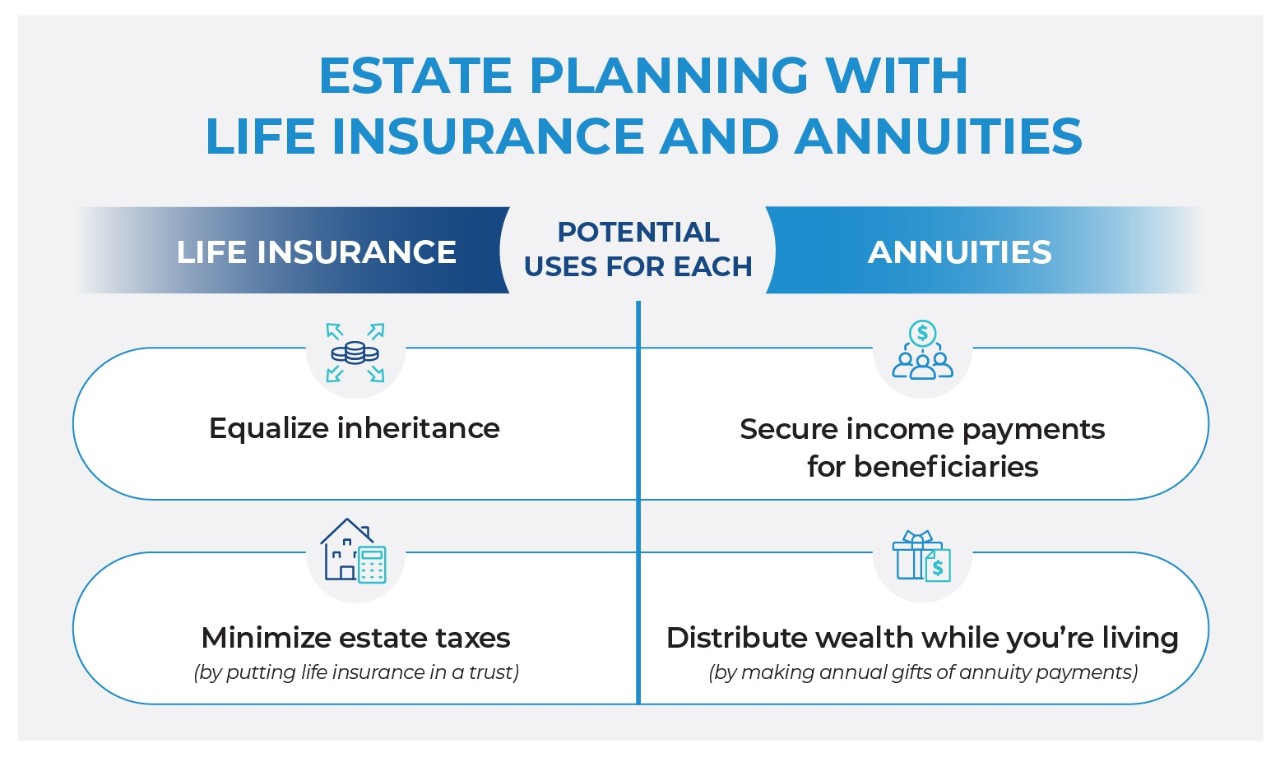All Categories
Featured
Table of Contents
This five-year basic rule and two following exemptions apply only when the proprietor's death triggers the payment. Annuitant-driven payouts are talked about below. The very first exemption to the basic five-year rule for individual recipients is to approve the survivor benefit over a longer period, not to surpass the expected lifetime of the beneficiary.
If the recipient elects to take the fatality benefits in this approach, the advantages are strained like any kind of other annuity repayments: partly as tax-free return of principal and partially gross income. The exclusion proportion is discovered by using the dead contractholder's price basis and the expected payouts based upon the beneficiary's life span (of much shorter duration, if that is what the beneficiary selects).
In this technique, in some cases called a "stretch annuity", the recipient takes a withdrawal yearly-- the called for amount of every year's withdrawal is based on the very same tables utilized to determine the required distributions from an IRA. There are 2 benefits to this approach. One, the account is not annuitized so the recipient preserves control over the money worth in the agreement.
The second exception to the five-year guideline is offered only to a surviving partner. If the assigned recipient is the contractholder's partner, the spouse might elect to "enter the shoes" of the decedent. Effectively, the spouse is treated as if he or she were the proprietor of the annuity from its beginning.
Tax consequences of inheriting a Deferred Annuities
Please note this applies only if the partner is called as a "marked beneficiary"; it is not offered, as an example, if a trust is the beneficiary and the spouse is the trustee. The general five-year regulation and the 2 exceptions just use to owner-driven annuities, not annuitant-driven agreements. Annuitant-driven agreements will certainly pay fatality advantages when the annuitant passes away.

For purposes of this conversation, assume that the annuitant and the proprietor are various - Annuity income. If the agreement is annuitant-driven and the annuitant dies, the fatality causes the death benefits and the recipient has 60 days to decide how to take the survivor benefit based on the terms of the annuity contract
Note that the option of a partner to "step right into the footwear" of the owner will certainly not be available-- that exception applies just when the owner has died yet the owner really did not die in the circumstances, the annuitant did. If the recipient is under age 59, the "death" exception to avoid the 10% charge will not apply to an early distribution once more, because that is readily available just on the fatality of the contractholder (not the fatality of the annuitant).
As a matter of fact, lots of annuity firms have interior underwriting plans that decline to issue contracts that call a different owner and annuitant. (There may be odd scenarios in which an annuitant-driven agreement satisfies a clients distinct demands, but usually the tax drawbacks will certainly surpass the benefits - Index-linked annuities.) Jointly-owned annuities may present similar issues-- or at least they might not serve the estate planning feature that jointly-held possessions do
Therefore, the survivor benefit must be paid out within 5 years of the initial proprietor's death, or subject to the two exemptions (annuitization or spousal continuance). If an annuity is held jointly between a hubby and spouse it would show up that if one were to pass away, the other can merely proceed ownership under the spousal continuance exception.
Think that the couple called their child as beneficiary of their jointly-owned annuity. Upon the death of either owner, the business has to pay the death benefits to the kid, that is the recipient, not the making it through spouse and this would possibly beat the proprietor's intents. At a minimum, this example aims out the complexity and uncertainty that jointly-held annuities posture.
Do you pay taxes on inherited Annuity Rates
D-Man created: Mon May 20, 2024 3:50 pm Alan S. wrote: Mon May 20, 2024 2:31 pm D-Man composed: Mon May 20, 2024 1:36 pm Thanks. Was wishing there may be a system like establishing a recipient individual retirement account, however resembles they is not the situation when the estate is configuration as a beneficiary.

That does not identify the kind of account holding the acquired annuity. If the annuity was in an acquired IRA annuity, you as administrator ought to be able to designate the inherited IRA annuities out of the estate to inherited Individual retirement accounts for each estate beneficiary. This transfer is not a taxable event.
Any type of circulations made from acquired IRAs after assignment are taxed to the beneficiary that obtained them at their common revenue tax rate for the year of circulations. However if the inherited annuities were not in an individual retirement account at her death, after that there is no means to do a straight rollover into an acquired individual retirement account for either the estate or the estate beneficiaries.
If that takes place, you can still pass the circulation through the estate to the specific estate beneficiaries. The revenue tax obligation return for the estate (Form 1041) might consist of Kind K-1, passing the income from the estate to the estate beneficiaries to be exhausted at their private tax obligation prices rather than the much greater estate revenue tax rates.
Tax consequences of inheriting a Flexible Premium Annuities

: We will certainly develop a strategy that consists of the ideal items and features, such as enhanced fatality advantages, premium incentives, and permanent life insurance.: Get a customized technique developed to optimize your estate's value and reduce tax obligation liabilities.: Implement the picked approach and receive ongoing support.: We will assist you with establishing up the annuities and life insurance coverage plans, offering constant assistance to make certain the plan remains effective.
Should the inheritance be related to as an income connected to a decedent, after that tax obligations may apply. Usually speaking, no. With exemption to retired life accounts (such as a 401(k), 403(b), or IRA), life insurance policy profits, and cost savings bond rate of interest, the beneficiary usually will not have to bear any type of revenue tax obligation on their inherited riches.
The quantity one can inherit from a count on without paying taxes depends upon different factors. The government inheritance tax exemption (Annuity income riders) in the United States is $13.61 million for people and $27.2 million for couples in 2024. Nonetheless, specific states may have their very own estate tax regulations. It is suggested to seek advice from a tax professional for exact info on this matter.

His mission is to simplify retired life preparation and insurance, making certain that clients understand their options and protect the best protection at unbeatable prices. Shawn is the founder of The Annuity Expert, an independent online insurance coverage firm servicing consumers across the USA. Via this platform, he and his team aim to remove the uncertainty in retired life planning by helping individuals discover the best insurance policy protection at one of the most affordable rates.
Table of Contents
Latest Posts
Highlighting the Key Features of Long-Term Investments Everything You Need to Know About Annuity Fixed Vs Variable What Is the Best Retirement Option? Advantages and Disadvantages of Different Retirem
Highlighting the Key Features of Long-Term Investments A Comprehensive Guide to Investment Choices What Is Choosing Between Fixed Annuity And Variable Annuity? Features of Fixed Vs Variable Annuity Pr
Highlighting the Key Features of Long-Term Investments A Closer Look at How Retirement Planning Works What Is Fixed Income Annuity Vs Variable Growth Annuity? Pros and Cons of Various Financial Option
More
Latest Posts